Prepare thoroughly for the ATI Maternal Newborn Proctored Exam 2025 with this comprehensive study guide, tailored for nursing students focused on maternal and newborn care. This resource includes 60 practice questions that encompass essential topics such as prenatal care, labor and delivery, postpartum care, newborn assessment, and management of maternal-newborn complications. Each question is paired with clear answers and in-depth rationales to reinforce understanding of key concepts, while the accompanying study guide offers actionable strategies to enhance test preparation and performance. Aligned with the 2025 ATI Maternal Newborn content outline, this guide integrates the latest evidence-based practices and NCLEX-style questions to ensure robust exam readiness. Ideal for nursing students aiming for success in their maternal-newborn coursework and proctored exams, this guide is an indispensable resource for achieving academic and professional goals.
Preview
A nurse is assessing a client who is at 37 wks gestation and has a suspected pelvic fracture
due to blunt abd trauma. What findings should the nurse expect?
a. uterine contractions
b. bradycardia
c. seizures
d. bradypnea – – correct ans- -a. uterine contractions
The nurse should expect the client to be experiencing uterine contractions due to
abdominal trauma.
A nurse is assessing a client who is at 12 wks gestation and has hydatidiform mole. What
f
indings should the nurse expect?
a. hypothermia
b. dark brown vaginal discharge
c. fetal heart tones
d. decreased urinary output – – correct ans- -b. dark brown vaginal discharge
A hydatidiform mole, or a molar pregnancy, is a benign proliferative growth of the chorionic
villi, which gives rise to multiple cysts. The products of conception transform into a large
number of edematous, fluid-filled vesicles. As cells slough off the uterine wall, vaginal
discharge is usually dark brown and can contain grapelike clusters.
A nurse is assessing a client who is at 35 weeks of gestation and has mild gestational HTN.
What finding should the nurse identify as the priority?
a. 480 mL urine output in 24 hrs
b. 1+ protein in the urine
c. +2 edema of the feet
d. BP 144/92 – – correct ans- -a. 480 mL urine output in 24 hrs
When using the urgent vs. nonurgent approach to client care, the nurse should determine
that the priority finding is 480 mL of urine output in 24 hr because the minimum acceptable
urine output in an adult client is 30 mL/hr. This can indicate progression of preeclampsia to
preeclampsia with severe features, which requires immediate intervention. Therefore, this
is the priority finding.
due to blunt abd trauma. What findings should the nurse expect?
a. uterine contractions
b. bradycardia
c. seizures
d. bradypnea – – correct ans- -a. uterine contractions
The nurse should expect the client to be experiencing uterine contractions due to
abdominal trauma.
A nurse is assessing a client who is at 12 wks gestation and has hydatidiform mole. What
f
indings should the nurse expect?
a. hypothermia
b. dark brown vaginal discharge
c. fetal heart tones
d. decreased urinary output – – correct ans- -b. dark brown vaginal discharge
A hydatidiform mole, or a molar pregnancy, is a benign proliferative growth of the chorionic
villi, which gives rise to multiple cysts. The products of conception transform into a large
number of edematous, fluid-filled vesicles. As cells slough off the uterine wall, vaginal
discharge is usually dark brown and can contain grapelike clusters.
A nurse is assessing a client who is at 35 weeks of gestation and has mild gestational HTN.
What finding should the nurse identify as the priority?
a. 480 mL urine output in 24 hrs
b. 1+ protein in the urine
c. +2 edema of the feet
d. BP 144/92 – – correct ans- -a. 480 mL urine output in 24 hrs
When using the urgent vs. nonurgent approach to client care, the nurse should determine
that the priority finding is 480 mL of urine output in 24 hr because the minimum acceptable
urine output in an adult client is 30 mL/hr. This can indicate progression of preeclampsia to
preeclampsia with severe features, which requires immediate intervention. Therefore, this
is the priority finding.




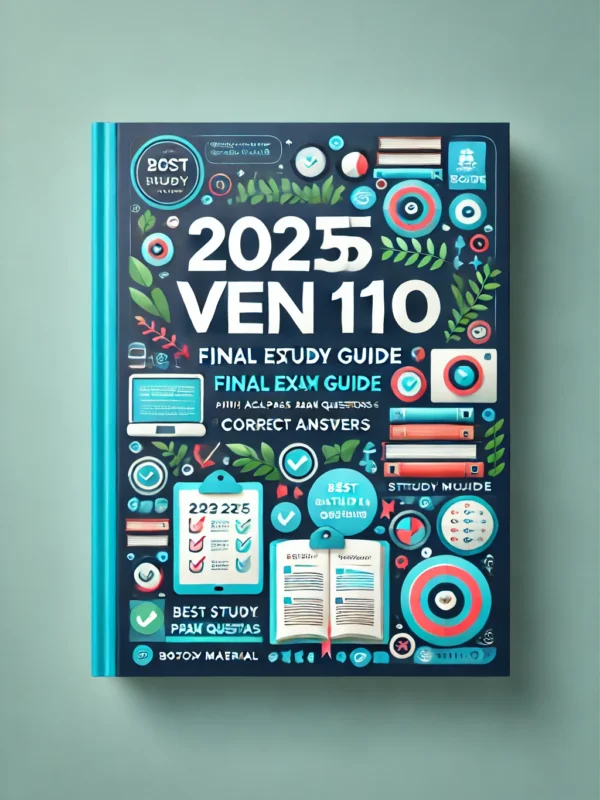
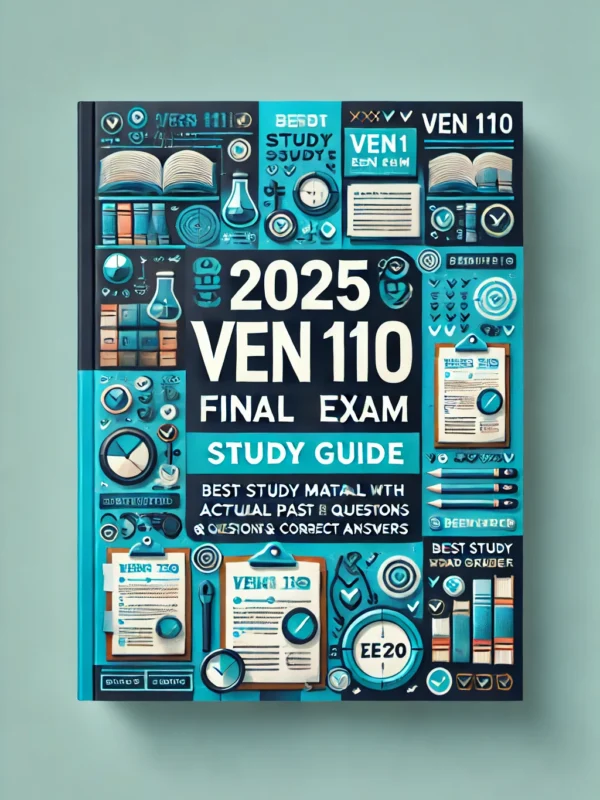
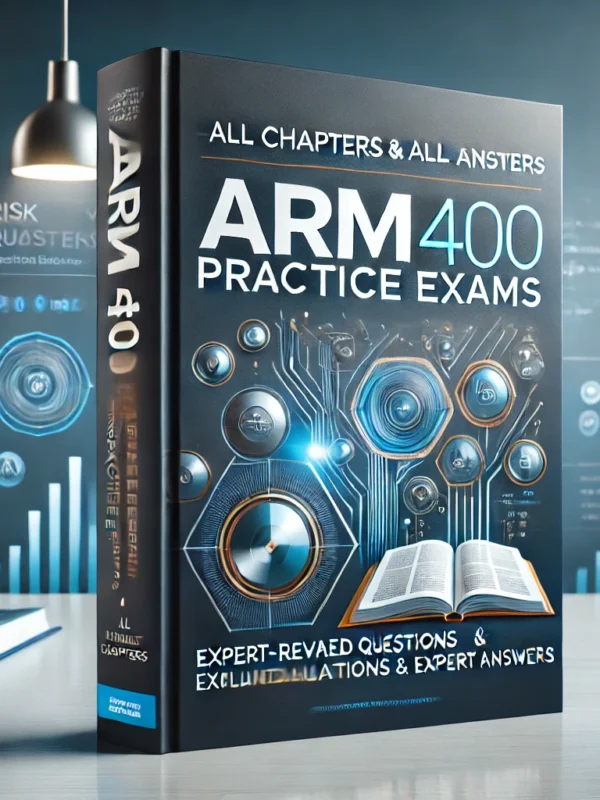

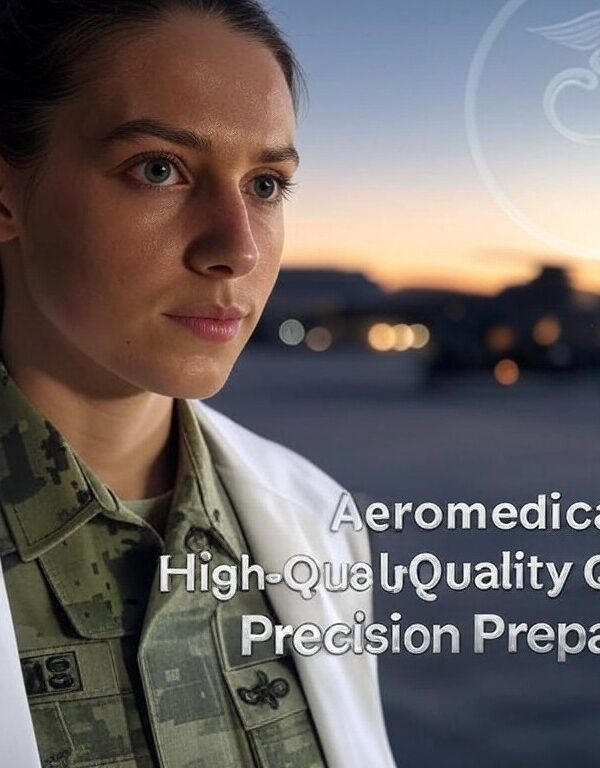
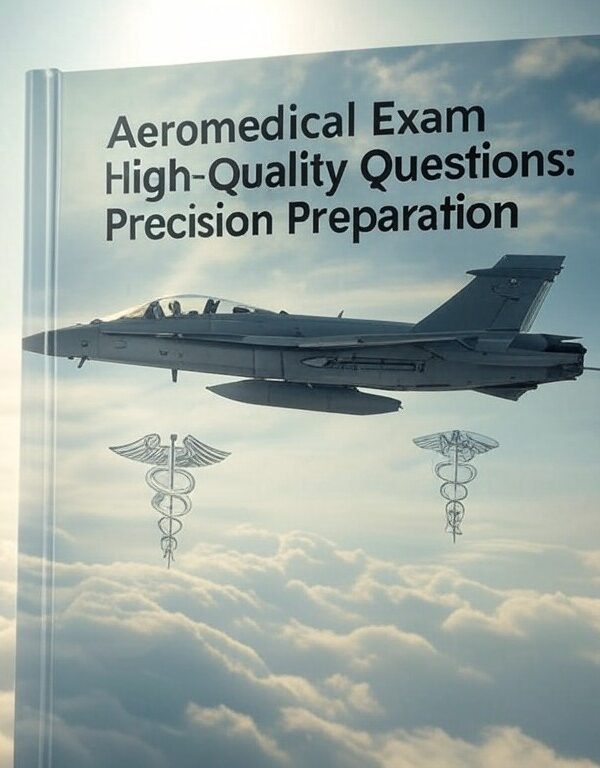


Reviews
There are no reviews yet.